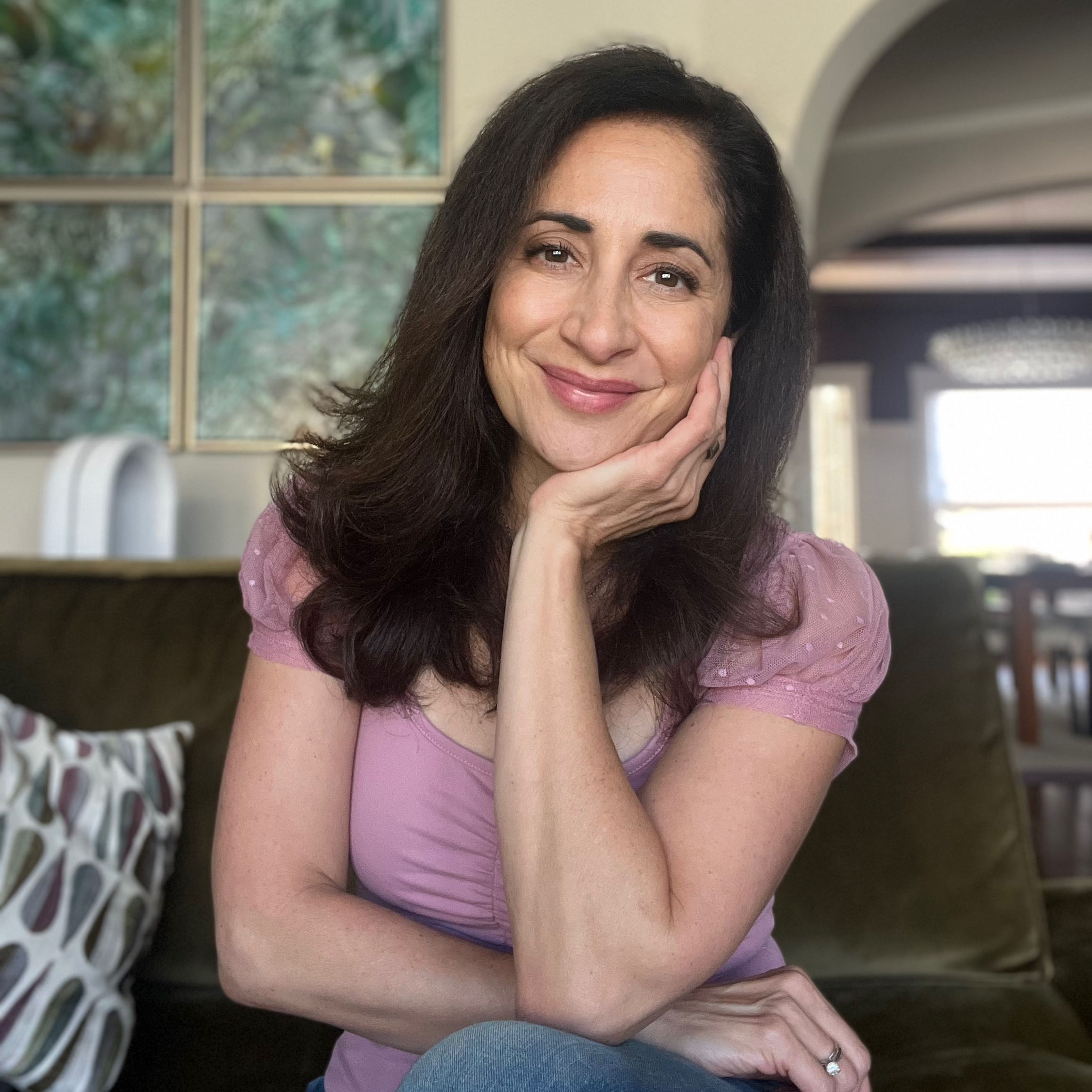Taking a flower arranging class helped Maryann LoRusso to form a deeper connection with her mother-in-law.
Who knew that flowers would finally bring my mother-in-law and me together.
Through most of the 33 years I’ve known Elaine, we were more cordial than close. We hail from vastly different backgrounds and have different belief systems: She’s a quiet, native Midwesterner who skews red, I’m a chatty native New Yorker-turned-San Franciscan who votes blue. I went to college to become a journalist. She went to Tokyo in her mid-20s as a missionary. There she met her husband, raised a family, and discovered her life’s passion: ikebana, the Japanese art of flower arranging.
Even as she rose to the highest rank of her craft—executive master instructor—I dismissed her work as a hobby. And no matter how much she pressed me to explore ikebana, I brushed it off as something I would never enjoy, because we were so different. Then, a couple years ago, I finally gave in and took a lesson with her. And it was during that hour that I observed a new side of Elaine. In her element, she was soft and accessible. Fingers gliding across tulip stems and gently bending eucalyptus, she opened up about her life in Japan and the culture shock she experienced. Studying ikebana helped her to assimilate, to build a global community of creatives.
By the end of that lesson, I began to recognize the beauty in those subtle branches and flowers. I began to cherish my time with Elaine, and realize that she was really good at her craft. Before I knew it, one class turned into six courses, which turned into my own teaching degree. When I decided to interview Elaine for my podcast, hundreds of her former students and colleagues came forward to express how much their sensei had meant to them.
